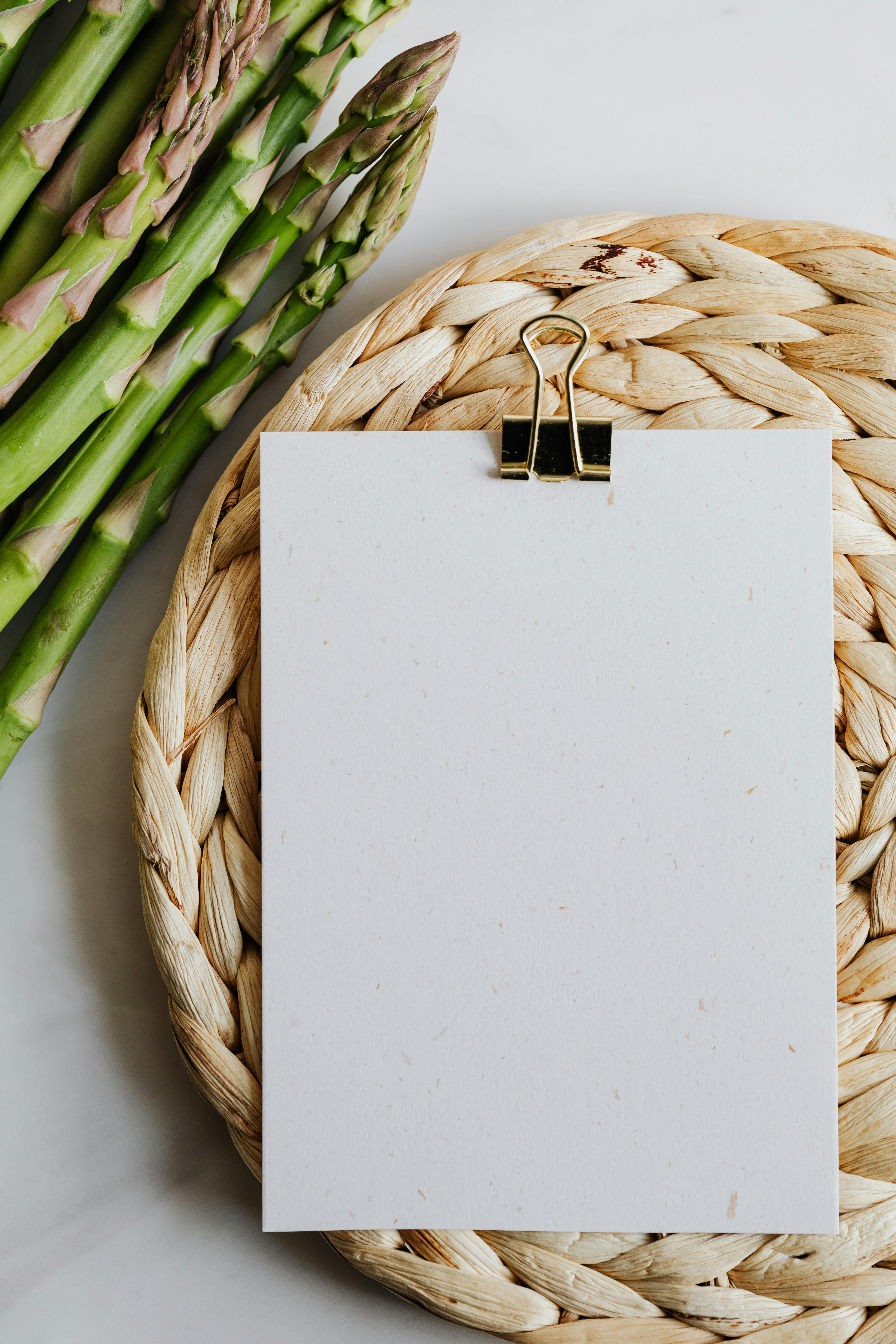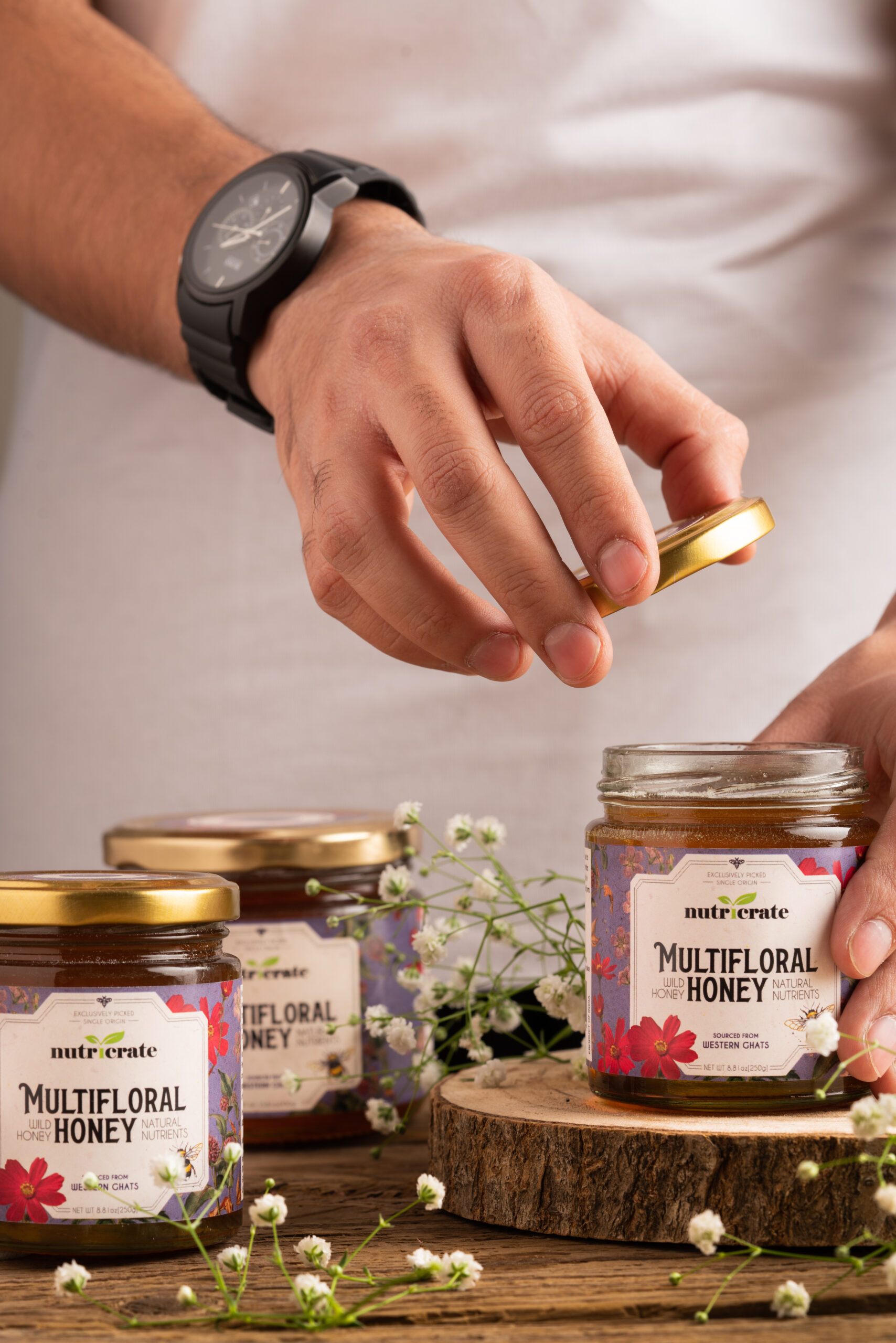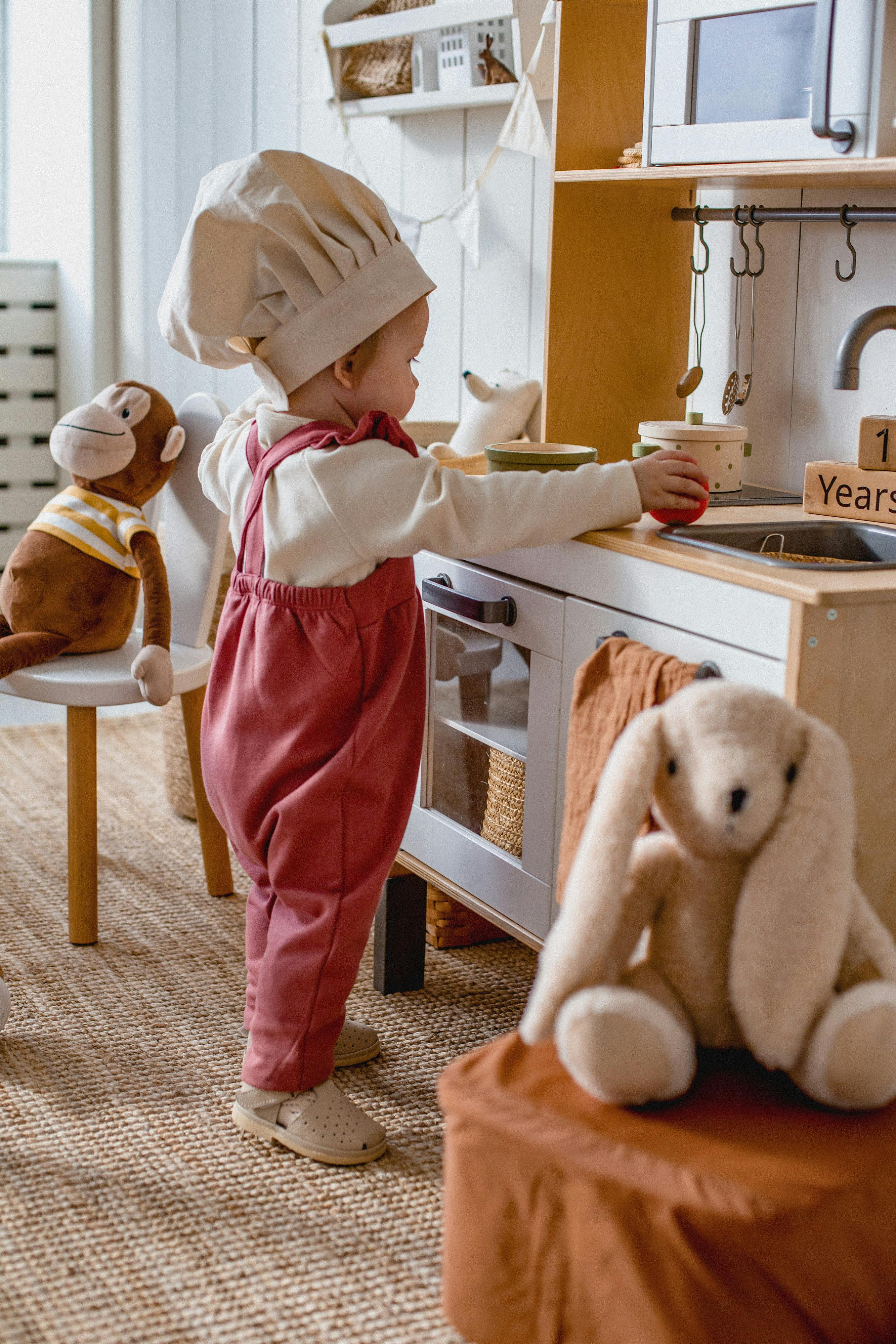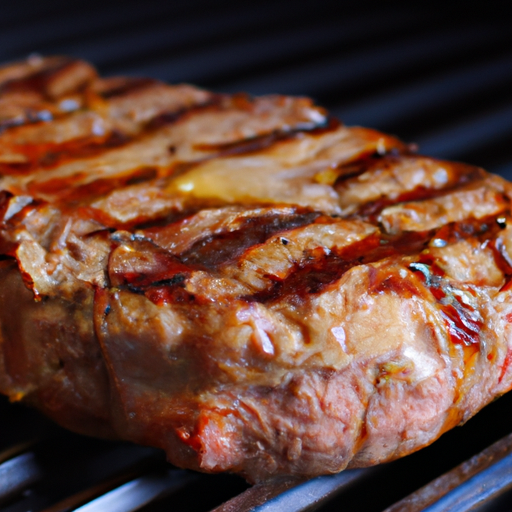Get ready to take your grilling skills to the next level with Tastepan’s expert cooking tips and techniques. In this article, we’ll explore the art of mastering the grill by understanding the difference between direct and indirect heat. Whether you’re a novice or a seasoned grill master, learning how to harness the power of these two heat sources will elevate your grilling game and ensure perfect results every time. With our comprehensive guides and videos, you’ll soon become a kitchen pro, impressing your friends and family with your newfound grilling prowess. So grab your apron, fire up the grill, and let’s dive into the world of direct vs. indirect heat!

Direct Heat
Definition
Direct heat is a grilling technique where food is cooked directly over the heat source. The heat source can be an open flame, hot coals, or a gas burner. The food is placed directly on the grill grates, allowing it to cook quickly and develop a delicious charred flavor.
Advantages
Cooking with direct heat has several advantages. First, it creates a beautiful sear on the outside of the food, locking in its natural juices and flavors. This results in a caramelized, smoky taste that is hard to replicate using other cooking methods. Second, direct heat is ideal for foods that cook quickly, such as steaks, burgers, and kebabs. It allows you to achieve the desired level of doneness without overcooking the inside.
Ideal Foods for Direct Heat
Direct heat is great for cooking a variety of foods. It is particularly well-suited for meat cuts that are relatively thin and cook quickly, such as steaks, burgers, and chops. The intense heat of direct grilling helps develop a flavorful crust on the outside while maintaining a juicy and tender interior. Vegetables like peppers, onions, and zucchini also benefit from direct heat, as it brings out their natural sweetness and imparts a delightful smoky flavor.
Tips for Cooking with Direct Heat
When using direct heat, it’s important to preheat your grill to ensure even cooking and to prevent food from sticking to the grates. Make sure to oil the grates before placing the food on them. This will help create those beautiful grill marks and prevent sticking. Additionally, it’s crucial to monitor the cooking process closely as direct heat can cause food to cook quickly. Use a meat thermometer to check the internal temperature and avoid overcooking.
Indirect Heat
Definition
Indirect heat is a grilling technique where food is cooked away from the direct heat source. This method involves placing the food to the side of the heat or using the grill’s lid to create an oven-like environment. Indirect heat is perfect for foods that require longer cooking times or for delicate items that might burn with direct flames.
Advantages
There are several advantages to cooking with indirect heat. Firstly, it allows for more controlled and even cooking, especially for larger cuts of meat or whole birds. The indirect heat circulates around the food, ensuring it cooks thoroughly without the risk of burning. Secondly, indirect heat is ideal for smoking and achieving a gentle, slow-roasted flavor. The low and slow cooking process results in tender, juicy meat with a rich smoky taste.
Ideal Foods for Indirect Heat
Indirect heat is perfect for cooking larger cuts of meat, such as pork shoulder, beef brisket, and whole chickens. These cuts benefit from the longer cooking time and low temperature, which helps break down the connective tissues and render the fat, resulting in tender and succulent meat. Additionally, indirect heat is perfect for smoking foods like fish, ribs, and sausages, as it allows them to cook slowly and absorb the smoky flavor.
Tips for Cooking with Indirect Heat
When using indirect heat, it’s essential to preheat the grill to the desired temperature before adding the food. Use a grill thermometer to monitor the temperature and adjust the vents accordingly to maintain a consistent cooking environment. It’s also important to place a drip pan underneath the food to catch any drippings and prevent flare-ups. This helps keep the grill clean and prevents the food from becoming overly charred. Finally, resist the temptation to repeatedly lift the grill lid, as this can cause temperature fluctuations and increase the cooking time.

Comparison
Key Differences
The key difference between direct and indirect heat lies in the positioning of the food in relation to the heat source. Direct heat involves cooking the food directly over the fire, while indirect heat requires cooking the food away from the direct flames or using the grill’s lid to create an oven-like environment. This distinction affects the cooking time, temperature, and resulting flavor and texture of the food.
When to Use Direct Heat
Direct heat is best suited for foods that cook quickly, such as steaks, burgers, and kebabs. It provides a high, intense heat that sears the outside of the food while maintaining a juicy interior. Direct heat is also ideal for vegetables like peppers and zucchini, as it caramelizes their natural sugars and imparts a delicious smoky flavor.
When to Use Indirect Heat
Indirect heat is perfect for larger cuts of meat, such as pork shoulder, beef brisket, and whole chickens. These cuts benefit from the longer cooking time and lower temperature associated with indirect heat. Indirect heat is also ideal for smoking foods, as it allows them to cook slowly and absorb the smoky flavor.
Cases for Combination Cooking
Combination cooking, as the name suggests, involves using both direct and indirect heat during the grilling process. This technique is often employed for foods that benefit from an initial sear over direct heat followed by gentle cooking over indirect heat. For example, a thick steak can be seared directly over the flames to develop a flavorful crust and then moved to indirect heat to cook until the desired level of doneness is achieved. Combination cooking allows for both the benefits of direct heat and the controlled cooking environment of indirect heat.
Setting Up Your Grill
Heat Zones
When setting up your grill, it’s important to create different heat zones to accommodate the cooking technique you plan to use. Heat zones refer to areas on the grill where the heat intensity varies, allowing for different cooking methods. Most grills have two primary heat zones: direct heat and indirect heat. Direct heat is where the flames or heat source is located, while indirect heat is the cooler side of the grill.
Direct Heat Setup
To set up your grill for direct heat cooking, preheat the grill with all burners on high or all the charcoal briquettes evenly spread across the charcoal grate. This ensures that the entire cooking surface is hot and ready for direct grilling. It’s important to oil the grill grates before placing the food to prevent sticking.
Indirect Heat Setup
For indirect heat cooking, preheat the grill with only one side of the burners or with the charcoal briquettes banked on one side of the grill. This creates a cooler area on the grill where the food will be placed. It’s important to monitor the grill’s temperature to ensure it remains within the desired range. Placing a drip pan underneath the food is also recommended to catch any drippings and prevent flare-ups.
Combination Setup
To set up your grill for combination cooking, begin with a direct heat setup to sear the food quickly over high heat. Once the initial sear is achieved, move the food to the indirect heat side of the grill to continue cooking. This allows for both the development of a flavorful crust and the controlled cooking environment necessary for larger or delicate cuts of meat.

Direct Heat vs. Indirect Heat
Grilling Techniques
Direct heat grilling involves cooking food directly over the heat source, resulting in quick cooking times and a caramelized crust. Indirect heat grilling, on the other hand, involves cooking food away from the direct flames or using the grill’s lid to create an oven-like environment. This method is ideal for larger cuts of meat that require longer cooking times or for delicate items that might burn with direct flames.
Flavor Differences
The grilling method you choose can significantly impact the flavor of your food. Direct heat grilling imparts a distinct smoky and charred taste, thanks to the higher temperatures and direct contact with the flames. Indirect heat grilling, on the other hand, produces a more subtle, smoky flavor as the food is cooked slowly and absorbs the flavor of any wood chips or charcoal used for smoking.
Cooking Times
Cooking times vary between direct and indirect heat grilling. Direct heat cooking is ideal for foods that cook quickly, such as steaks and burgers. The high heat results in fast cooking times, usually a matter of minutes. Indirect heat cooking, on the other hand, requires longer cooking times to ensure the desired level of doneness, particularly for larger cuts of meat or whole birds. This method can take hours, with low and slow temperatures to achieve tender results.
Texture and Tenderness
The cooking method used can have a significant impact on the texture and tenderness of the final dish. Direct heat grilling creates a sear on the outside of the food, resulting in a flavorful crust while maintaining a moist interior. Indirect heat grilling, particularly with low and slow temperatures, breaks down the connective tissues in meat, resulting in tender and succulent results.
Direct Heat Recipes
Grilled Steaks
To achieve perfectly grilled steaks using direct heat, start by preheating your grill to high. Season the steaks with salt and pepper or your preferred spice rub. Oil the grill grates to prevent sticking. Place the steaks directly over the flames and cook for about 4-6 minutes per side, depending on your desired level of doneness. Use a meat thermometer to ensure the internal temperature reaches your desired level.
Burgers
Direct heat grilling is ideal for juicy, flavorful burgers. Preheat your grill to medium-high heat. Season the ground beef with salt, pepper, and any other desired seasonings. Shape the beef into patties and make a small indentation in the center of each patty to prevent it from puffing up. Oil the grill grates and place the burgers directly over the heat. Cook for about 4-5 minutes per side, or until the internal temperature reaches 160°F for medium doneness.
Kebabs
Kebabs are perfect for direct heat grilling. Soak wooden skewers in water for 30 minutes to prevent them from burning. Thread your desired meat, vegetables, and even fruits onto the skewers. Season with marinade or spices. Preheat your grill to medium-high heat. Oil the grill grates and place the kebabs directly over the heat. Cook for about 10-15 minutes, turning occasionally, until the meat is cooked through and the vegetables are charred and tender.
Fish
Direct heat grilling can also be used for cooking fish. Preheat your grill to medium-high heat. Season the fish fillets with salt, pepper, and your preferred seasoning. Oil the grill grates to prevent sticking. Place the fillets directly over the heat, skin side down if applicable. Cook for 4-6 minutes per side, or until the fish easily flakes with a fork. The cooking time may vary depending on the thickness of the fillets.
Indirect Heat Recipes
Slow-Roasted Pork Shoulder
To create a succulent slow-roasted pork shoulder, preheat your grill with only one side of the burners or with the charcoal briquettes banked on one side. Season the pork shoulder with a dry rub or marinade of your choice. Place the pork shoulder on the indirect heat side of the grill, away from the flames. Close the lid and maintain a consistent temperature of around 225-250°F. Cook for several hours, until the internal temperature reaches 195-205°F for perfectly tender pulled pork.
Smoked Brisket
Smoking a brisket takes time and patience, but the results are well worth it. Preheat your grill with only one side of the burners or with the charcoal briquettes banked on one side. Season the brisket with a flavorful rub, covering all sides. Place the brisket on the indirect heat side of the grill, fat side up. Close the lid and maintain a consistent temperature of around 225-250°F. Smoke the brisket for several hours, until the internal temperature reaches 195-205°F. Let it rest before slicing and enjoy the tender and smoky meat.
Whole Roasted Chicken
Indirect heat grilling is perfect for cooking a whole roasted chicken. Preheat your grill with only one side of the burners or with the charcoal briquettes banked on one side. Season the chicken with salt, pepper, and any desired herbs or spices. Place the chicken on a roasting rack or directly on the grill grates on the indirect heat side. Close the lid and cook at a consistent temperature of around 350-375°F. The cooking time will vary depending on the size of the chicken, but a general guideline is about 20 minutes per pound. Use a meat thermometer to ensure the internal temperature reaches 165°F for safe consumption.
Grilled Pizza
Indirect heat grilling can also be used to make delicious homemade grilled pizza. Preheat your grill with only one side of the burners or with the charcoal briquettes banked on one side. Roll out your pizza dough and place it on a well-floured pizza peel or baking sheet. Transfer the dough to the indirect heat side of the grill, closing the lid to create a baking environment. Cook for a few minutes until the dough starts to crisp up and form grill marks. Flip the dough, add your toppings, and continue cooking until the cheese is melted and bubbly. The cooking time will vary but is typically around 8-12 minutes.
Temperature Control
Grilling Thermometers
Using a grilling thermometer is essential for precise temperature control when cooking on the grill. Instant-read thermometers are great for quickly checking the internal temperature of food. Leave-in thermometers with dual probes are ideal for monitoring the overall grill temperature and the internal temperature of the food simultaneously.
Controlling Direct Heat
To control the heat when using direct grilling, adjust the heat source’s intensity. For gas grills, lower the heat by turning the burners down. For charcoal grills, raise or lower the grill grates to increase or decrease the food’s proximity to the hot coals.
Controlling Indirect Heat
When using indirect heat, controlling the temperature is crucial to achieving the desired results. For gas grills, adjust the burners on the side opposite the food or use the grill’s vents to regulate airflow. For charcoal grills, adjust the vents to control the airflow and consequently the temperature inside the grill. Opening the vents increases the heat, while closing them reduces it.
Maintaining Consistent Temperature
To maintain a consistent temperature throughout the grilling process, avoid constantly opening the grill lid. Each time you open the lid, heat escapes, causing temperature fluctuations and potentially increasing the cooking time. Only open the lid when necessary, such as when flipping or checking the food. Additionally, monitor the grill’s temperature with a thermometer and make adjustments as needed to maintain the desired cooking environment.
Safety Tips
Proper Grill Maintenance
Maintaining your grill is crucial for safe and effective grilling. Clean the grill grates regularly to prevent buildup, as this can negatively impact the heat distribution and increase the risk of flare-ups. Empty the grease tray or drip pan to prevent grease fires and ensure proper airflow. Check the gas connections and hoses for any leaks or damage, and replace them if necessary.
Fire Safety
Grilling involves open flames and heat, so fire safety is of utmost importance. Ensure your grill is set up in a safe location, away from any flammable materials like curtains or overhanging branches. Keep a fire extinguisher nearby and know how to use it. In case of a grease fire, do not use water to extinguish it, as it can cause the flames to spread. Instead, use baking soda or a fire extinguisher specifically designed for grease fires.
Food Safety
Practicing proper food safety when grilling is essential to prevent foodborne illnesses. Keep raw meats, poultry, and seafood separate from other foods during storage and preparation to avoid cross-contamination. Use separate utensils and cutting boards for raw and cooked foods. Cook meats to their recommended internal temperatures to ensure they are safe to eat. Always wash your hands before and after handling raw food.
Handling Hot Surfaces
Grills can become extremely hot during the cooking process, so it’s important to exercise caution when handling hot surfaces. Use long-handled tongs and spatulas to flip and move the food, keeping your hands away from the heat. Use heat-resistant gloves or oven mitts when adjusting vents, adding charcoal, or otherwise coming into contact with hot surfaces. Be mindful of small children and pets, and ensure they stay away from the grill to avoid accidents.
Troubleshooting
Uneven Cooking
Uneven cooking can occur when one side of the grill is significantly hotter than the other. To mitigate this issue, rotate the food periodically during cooking to promote even heat distribution. Additionally, ensure the grill grates are clean and free from debris, as buildup can negatively impact heat transfer. If using a charcoal grill, arrange the charcoal briquettes in a more even manner to achieve consistent heat.
Excessive Charring
Excessive charring can occur when the food is left over direct heat for too long or when flare-ups occur. To prevent excessive charring, monitor the food closely during cooking and move it to indirect heat if necessary. Keep a spray bottle filled with water nearby to quickly extinguish any small flare-ups, but avoid dousing the flames with water as this can create steam and further intensify the fire.
Flare-Ups
Flare-ups occur when fat drips onto the heat source, causing sudden bursts of flames. To prevent flare-ups, keep a drip pan underneath the food to catch any drippings. Trim excess fat from meats before grilling to reduce the potential for flare-ups. If a flare-up does occur, move the food to a cooler part of the grill until the flames subside.
Dry Food
Dry food often results from overcooking or cooking at excessively high heat. To prevent dryness, ensure you are cooking the food to the recommended internal temperature rather than purely relying on cooking time. Use a meat thermometer to check the temperature and remove the food from the grill once it reaches the desired doneness. Additionally, marinating or basting the food with a flavorful sauce or oil can help retain moisture during the cooking process.

